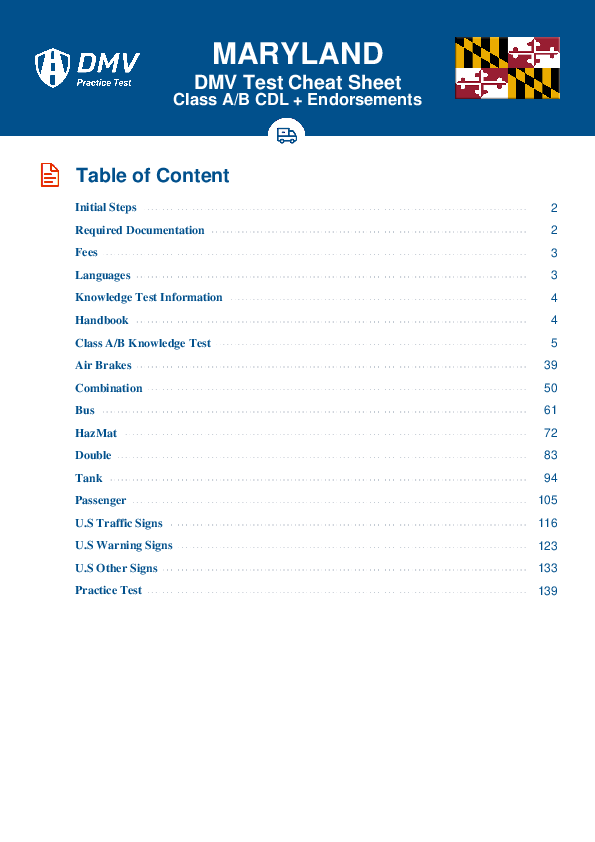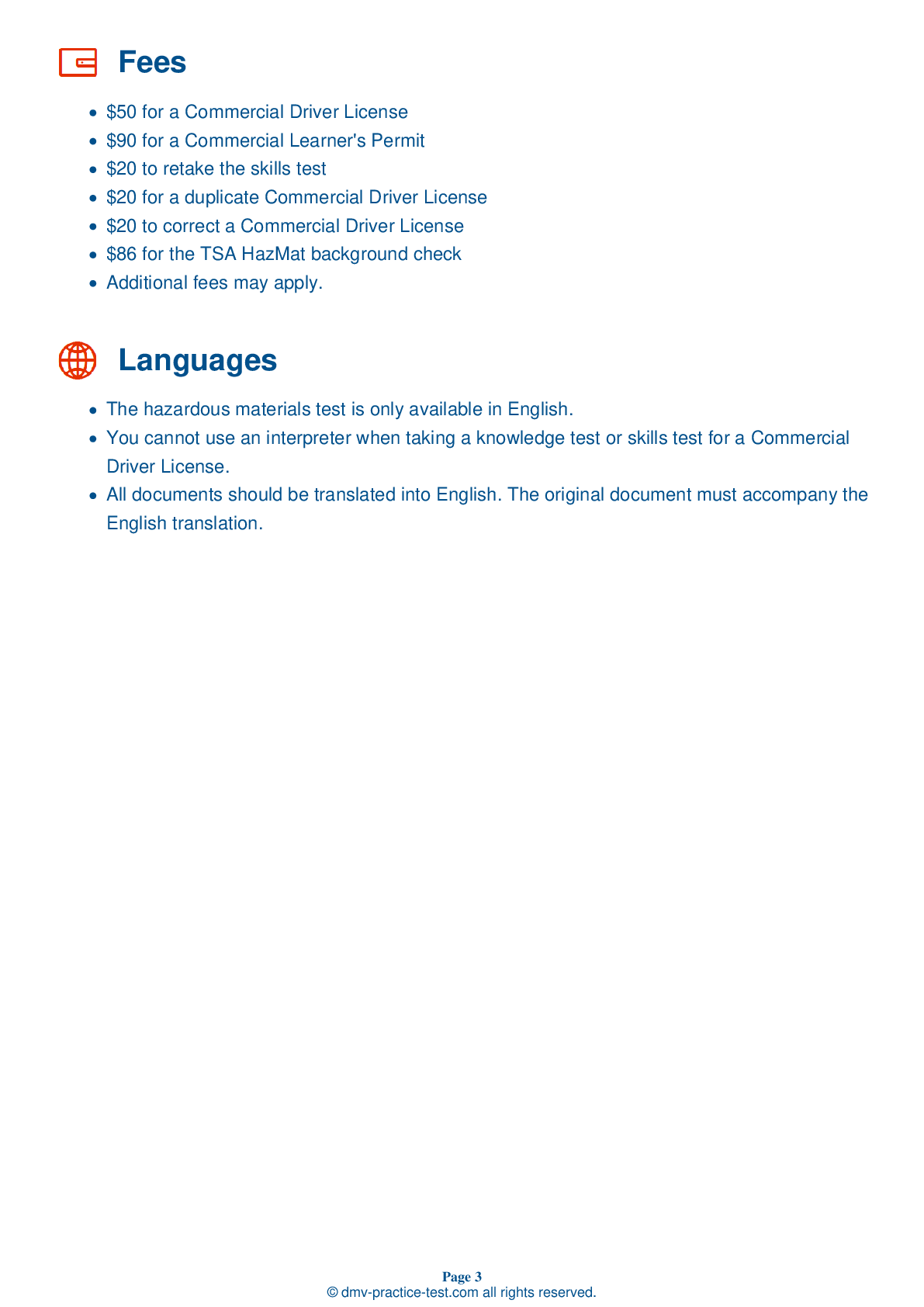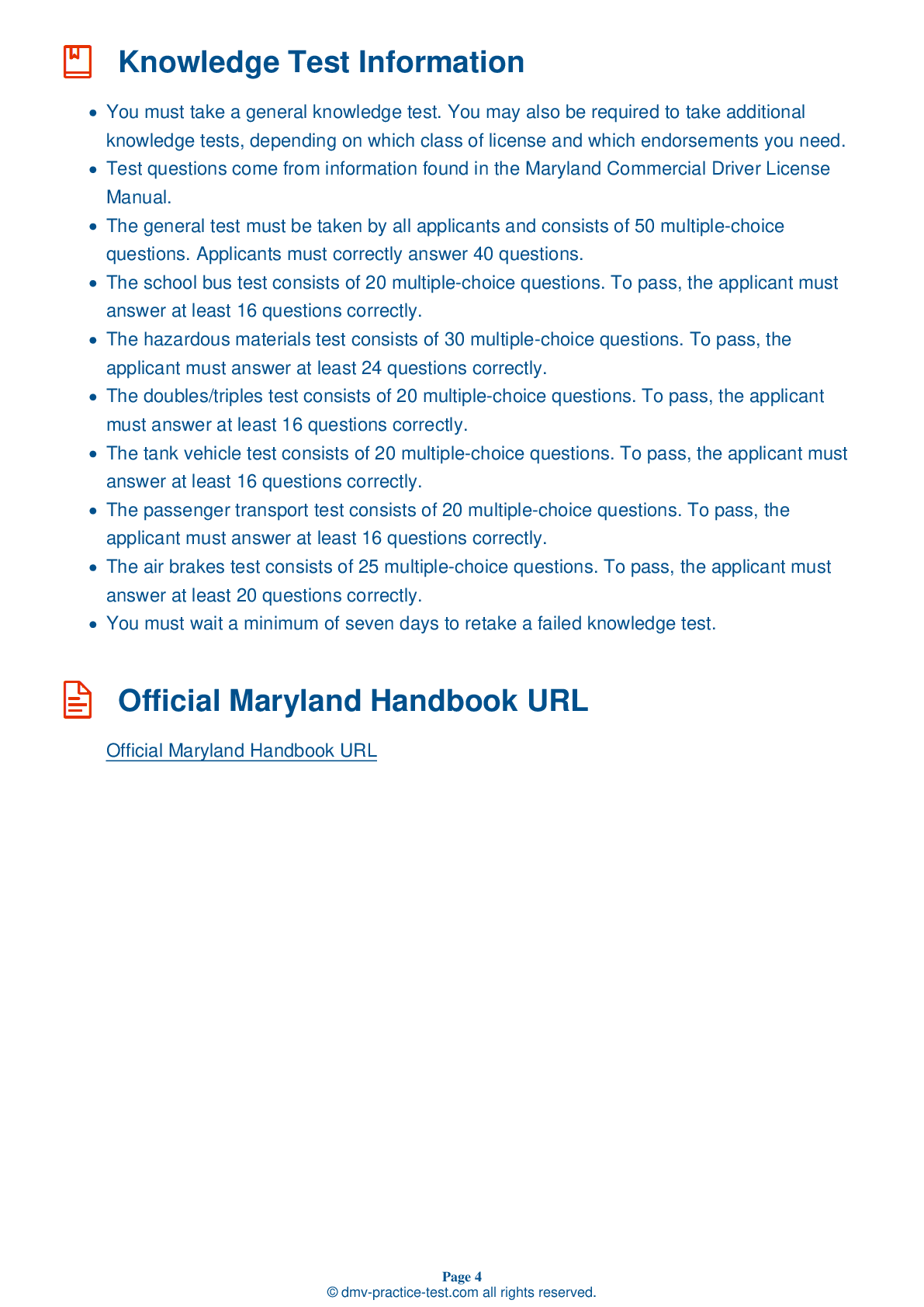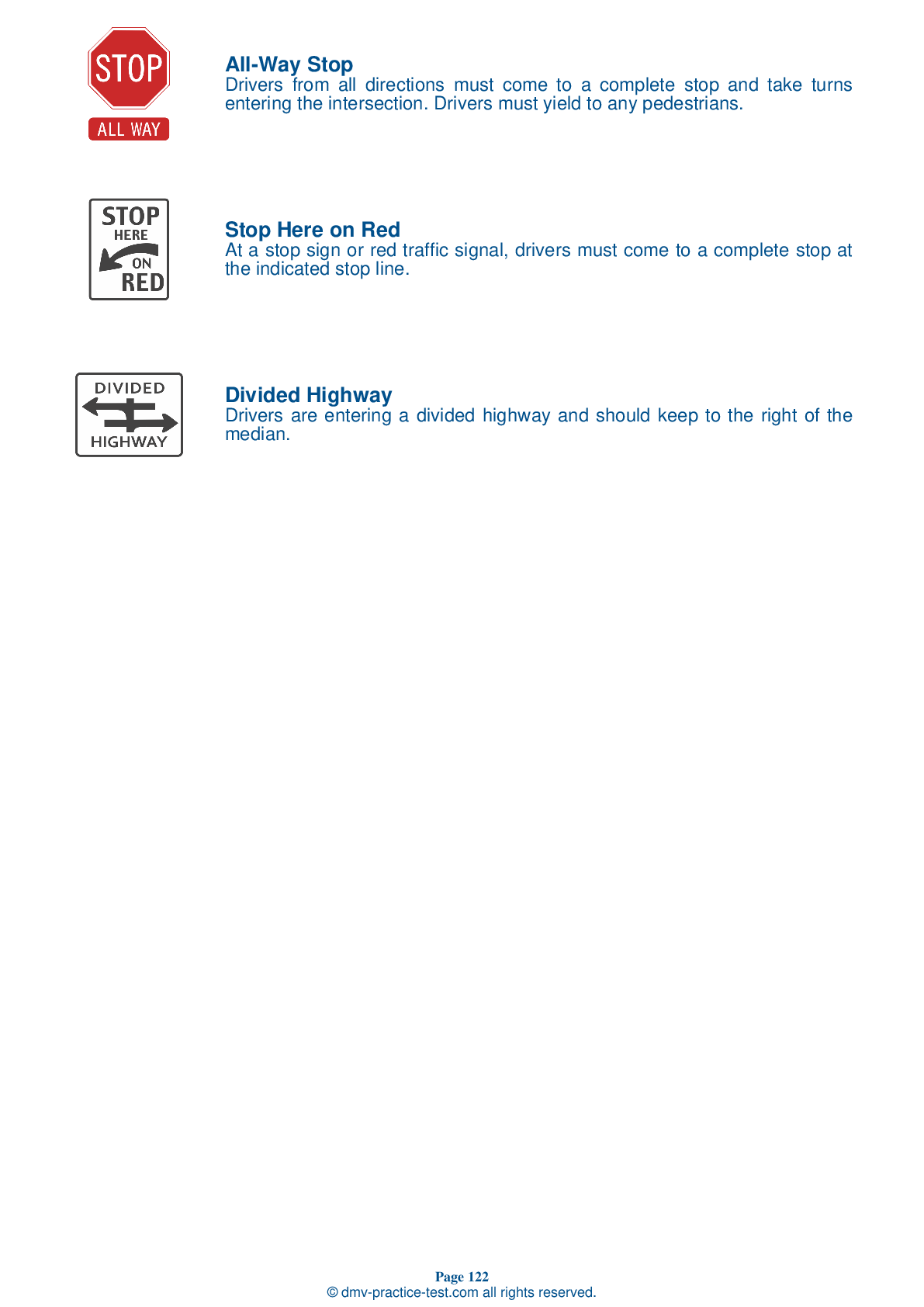Combination Vehicles Practice Test | Maryland 2025 #1 Page 3 of 3
Train for FREE online with our Maryland CDL combination vehicle test. The official exam test consists of several obligatory parts, with all of them checking your knowledge of different blocks of road rules. If you need to obtain a MD combination license in 2025, practice as much as possible. Free sample tests published on our website will help you check and improve your knowledge and boost your grades. Please bear in mind that DMV requirements for issuing a combination license may vary from state to state.
15 . To help prevent a rollover, cargo should be:
If a vehicle is top-heavy, it is more likely to roll over. The weight of cargo should be positioned as low in a trailer as possible to minimize this risk.
16 . When driving a bobtail tractor, you should be aware that:
Bobtail tractors are tractors that are not attached to any semitrailers. When operating a bobtail, you should be aware that stopping can be difficult and that it will take a longer distance to bring the bobtail to a complete stop than it would a tractor attached to a loaded semitrailer.
17 . If color-coded, which color is used to identify emergency, or supply, lines?
Air lines are sometimes color-coded to help drivers avoid mistakes when coupling glad hands. Typically, blue is used for service lines and red is used for emergency lines.
18 . A lightly-loaded combination vehicle will stop more slowly than a fully-loaded vehicle because:
An empty combination vehicle will come to a complete stop more slowly than a fully-loaded vehicle. The stiff suspension springs and strong brakes will have lower traction on a light trailer than they would if the vehicle carried more weight.
19 . When backing up to couple a trailer, you should position the tractor:
When backing up to couple a trailer, you should position the tractor directly in front of the trailer. Trying to couple while backing at an angle could cause the trailer to move and the landing gear to break.
20 . When connecting a converter dolly to a second trailer, the trailer height should be ____ the center of the fifth wheel.
When connecting a converter dolly to a second or third trailer, the trailer height should correct. It should be slightly lower than the center of the fifth wheel.
See the exact questions that will be on the 2025 Maryland DMV exam.
99.2% of people who use the cheat sheet pass the FIRST TIME
Lillian MCcranie explains how our CDL study guide was helpful in passing the exam and recommends it to everyone.
Cameron tells us how he purchased the CDL exam, and found it to be a useful tool which helped him pass the exam and find a job.



